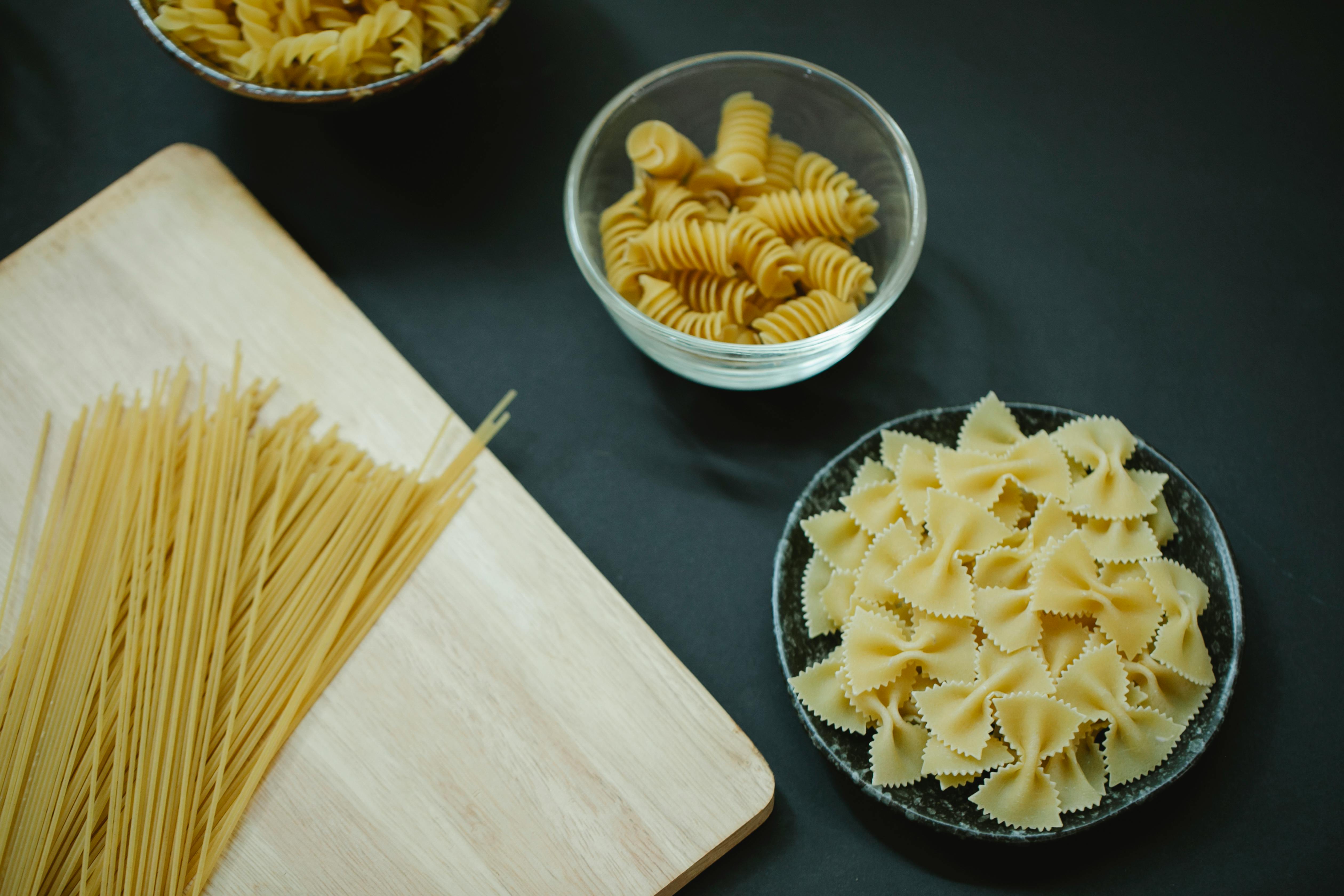A piano in the home makes a quiet statement, but a grand piano is considered the ultimate in elegance. When given a choice between a grand and an upright piano, a musician typically chooses the grand piano. You may be wondering if the grand piano is much more desirable than an upright piano. Here we will cover some frequently asked questions that can help you select the right piano for your purposes.
First of all, not all pianos are the same. A good quality upright piano is better than a cheap grand piano. Grand pianos range in price from $4,995 and up to over $170,000. What makes more expensive pianos better? Quality of materials, aging of wood and quality of craftsmanship to make them. The longer a manufacturer takes to build a piano and the better felt, leather and woods will result in a piano that is capable of projecting sound efficiently and better tone as well.
The action of a piano (the mechanism that drives the hammers when the keys are struck) is quite complex. The action has thousands of parts, all of which are tuned and built to very fine tolerances. A key that has a slight variation in its action will cause that key to perform differently, affecting playing proficiency and musical dynamics. The best felts will not wear out as quickly as cheaply made felt/leather ones. Also, the better quality woods used in the action will contract and expand causing alignment issues and again affecting dynamic control.
The keys used on a piano should be made of quality wood such as spruce, basswood AND use key buttons, which helps give the key stability and prevents excessive wear.
Tuning stability is crucial to the overall tone of the piano. The peg block, the plywood plank where the tuning pegs reside, must be made of top quality woods so that the torque on the pegs is sufficient to support the 20+ ton or string tension. Some peg blocks use a few very thin laminates that are not going to hold up as well as one that has multiple laminates. Hard Rock Maple is the most widely accepted pin block by major manufacturers as one that will, over the long term, keep the pins tight, helping to maintain good tuning stability.
The soundboard is the digraph which, when the strings are stretched across the bridges, opposes the tension of the strings, thus amplifying the vibrations of the strings. Good quality bridges and soundboards are a must to get back to producing quality tone. Soundboards can be laminated or solid. Sitka spruce is considered the best wood for soundboards for pianos, guitars, violins, and other acoustic instruments.
A solid soundboard is better than a laminate one. The soundboard is made of spruce planks glued at the edges to create a large diaphragm and then cut to fit the perimeter of the piano. The solid soundboard is more flexible than a laminated soundboard (sort of like a three-piece sandwich of spruce or other wood). The tone of a laminate top tends to have a crisp sound, while the solid top has a more responsive tone that is much more pleasant.
An old wives’ tale about broken sounding boards is just that… an old wives’ tale. A soundboard that has a crack, first in almost all cases can be repaired, IF the tone is affected by the crack. I have tuned several pianos that show no indication of a problem. Now, if the ribs (at the back of the soundboard that helps hold the crown or similar to a drumhead) have separated from the soundboard, there may be a buzz or weak tone. But then again, that is easily fixed. We repair soundboards/ribs frequently. Therefore, if a piano you are considering has a “bad soundboard” or “broken soundboard”, let a qualified piano tuning technician examine the piano for you. Most likely the piano is fine.
Another note about soundboards… a grand piano that is between 60 and 90 years old may have a soundboard that has lost its crown. If the piano is a quality piano, such as a Steinway & Sons, Baldwin, Mason & Hamlin, Bosendorfer, or other quality piano, it is worth replacing the soundboard and restringing when the piano is being restored. A Steinway piano today that is rebuilt with a new soundboard can cost between $22,000 and $90,000 depending on the size of the piano.
So what kind of piano should you buy? a console, a study, a spinet or a grand piano? It depends on how it will be used. Will the piano be played at home, at university, at church? Each application will place different demands on the instrument. A cheaply made piano will not last as long in a university as it will in a home. The size of the grand piano must be considered. The longer the piano, the more volume and better tone quality it will produce. A piano that is too small for a church will be beaten to death in an attempt to bring out more volume for choral works or when playing with a band. Therefore, the length of the piano, which provides a larger soundboard area and longer strings, will be better in cases where a smaller one is fine for home or studio use.
When considering a piano, even a cheap grand is fine for many homes. But as the player excels, the tonal and tactile demands will increase. By sticking with the best quality grand pianos, you can be sure that they will give you the performance you expect. Some older pianos that are no longer in production (yes, parts are available) like the Chickering, Sohmer, Krakauer, Cable, Mathushek are among the better built pianos to consider.
Remember this; a piano has a life. It amazes me how people buy a piano and play and play and play without tuning it or having a technician service it. If it makes a noise, they think it’s okay. But when someone who plays sits down, it’s almost impossible to do it correctly. Pianos need tuning and service annually. So if you are considering a used piano, make sure it has been worked on or at least if the piano has great potential after repairs are done. Don’t hesitate to buy from a private owner, just make sure you contact a technician before you spend the money.



